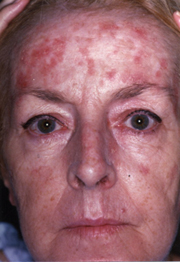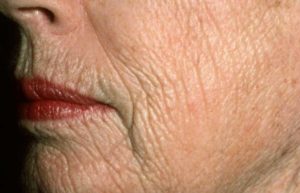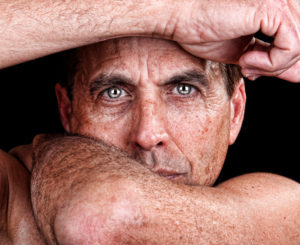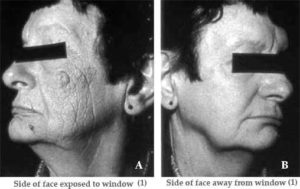Here in the Southern Hemisphere, we consider ourselves lucky that summer coincides not only with school holidays, but also, Christmas, New Year and the end of one year and the beginning of another.

As the busy year begins to wind down, it seems the perfect time to lie back, take some time off no matter how hard we have worked through the year, and relax with family.

When I think of summer, I think of long, lazy days, lots of water activities and books, cool drinks and food!
Already, when walking around, I see fellow Aussies out and about, enjoying the sun, and while I don't like to think of myself as a party pooper, my main concern is for their skin.
Although most people love the warmth and light of the sun, too much sun exposure can significantly damage human skin. The sun's heat dries out areas of unprotected skin and depletes the skin's supply of natural lubricating oils. The sun's ultraviolet (UV) radiation can cause burning and long-term changes in the skin's structure.
The most common types of sun damage to the skin are:


Sun-damaged skin may shows the following:


Sun damage may result in a permanent cosmetic concern, only some of which may be treatable, but not usually reversible, with judicious use of personalised skincare regimen, careful sun protection for life and treatments as recommended by your doctor - chemical peels, laser and light treatments, prescription medications as well as injectables.
Some treatments for actinic keratoses can leave a pale (de-pigmented) area of the skin surface. More important than appearance is the long-term impact of sun damage on your chances of developing skin cancer. The more unprotected sun exposure you have during your lifetime, the greater your risk of skin cancer, especially if you have a light complexion so it is important to have your doctor care for these and check your skin regularly and to keep monitoring it yourself for any new changes.
As an example, I have attached an example of what happens with the most simple measures that most of us ignore - suncare.
Using the app Sunface, I took a pic of myself, and then compared myself in 5, 15 and 15 years, with daily sunscreen vs no sun protection. See the results for yourself. In someone with lighter/fairer skin, the damage is faster and deeper, as would be the lines. In someone with darker skin, it is slower, but still unavoidable if one is not careful about sun protection.

| Monday: | By agreement only |
| Tuesday: | CLOSED |
| Wednesday: | 10:00 - 17:00 |
| Thursday: | 10:00 – 18:00 |
| Friday: | 09:00 – 17:00 |
| Saturday: | 09:00 – 15:00 |
Skin Essentials will reopen the week beginning 11th October 2021.
Per NSW government regulations, only double vaccinated patients will be served when we reopen and we will be checking vaccination certificates for all patients upon booking. This requirement may change as of December 1st, and we will advise you accordingly.
Please email us (contact@skinessentials.com.au) or text us (0413174654) your vaccination certificate as soon after booking as you can. We will not be able to see anyone for treatments or confirm appointments without this.
In the interest of full disclosure, transparency and patient safety, all patient facing staff will be fully vaccinated by the time of reopening. Please read our reopening FAQ for more information.